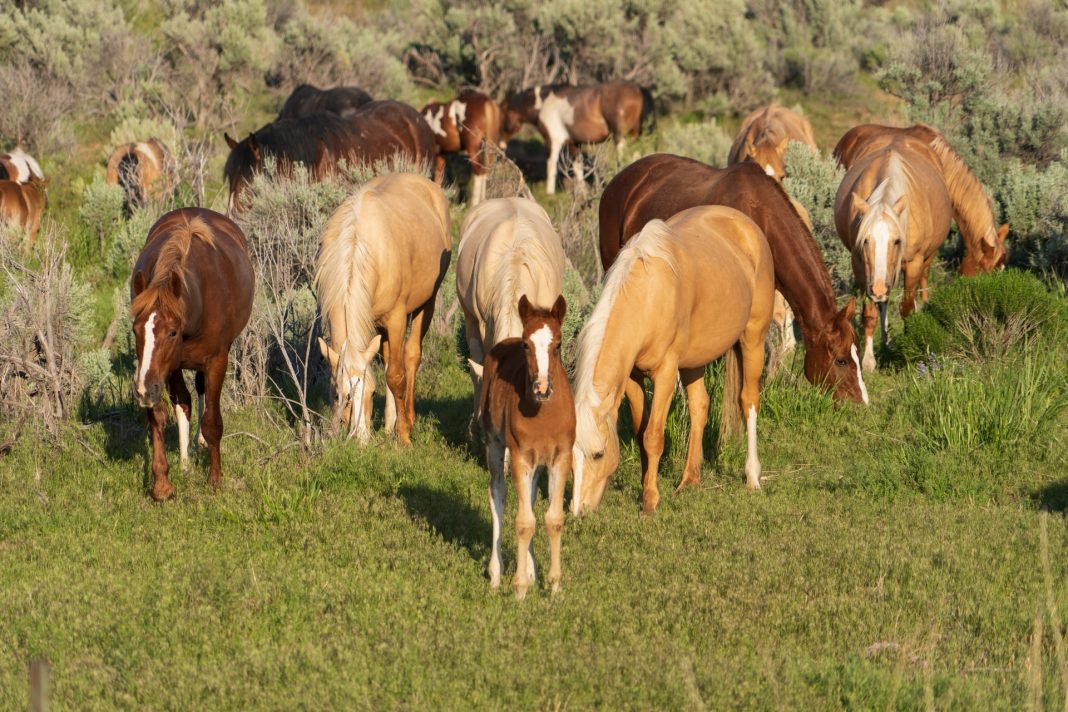Wild horses and their management in the west have become a hot-button topic. The BLM is saddled with (pun intended) managing what is essentially an invasive species. While wild horses are symbols of the old west and the west in general, their overpopulation is a difficult issue for federal land managers. In many locations, wild horses have destroyed rangeland and water sources. Likewise, the horses have the tendency to be very territorial when it comes to resources. Many officials have stated that wild horses will move into the area around a water source and attack or run off wild animals that need access to the water to survive.
Wild Horse Management in the West
Despite the damage that wild horses cause, managing them is tricky. Over the years the BLM has been levied with lawsuits on most of their management plans when it comes to the horses. Pro-wild horse groups have argued that the BLM should be corraling the animals. Once the animals are corraled the groups what the BLM to spay and or neuter the horses. Opponents of the plan argue that it is incredibly expensive and would cause issues in the wild horse herd dynamics. However, something needs to be done for both the land and the wild horses. Currently, the populations are way over carrying capacity. Horses are dying from a lack of food and water. On top of that, as stated above, overpopulation is leading to damaged rangeland.
Over the years, many different plans have been argued about. Some believe the horses should be protected and no horses should be even corraled. Others believe that all wild horses should be eradicated. A smaller group believes that hunting season and strict harvest management tools should take place.
Pasture Contracts Needed
For now, the BLM has settled on corraling and shipping horses off the rangeland into large privately owned pastures. This plan is not without issues though. The plan requires the BLM to find landowners willing to take on the horses. As a result, the BLM is seeking proposals for off-range pastures to provide a free-roaming environment and quality care for the wild horses. The proposals are looking for openings in Colorado, Idaho, Kansas, Montana, Nebraska, Nevada, North Dakota, Oklahoma, Oregon, South Dakota, Utah, Washington, and Wyoming.
If the BLM finds areas that work they may award contracts to landowners that can accommodate 200–10,000 wild horses. These contracts will have a four-year or nine-year renewal option.
Readers can also find more information about the wild horse pasture contracts by clicking here.















